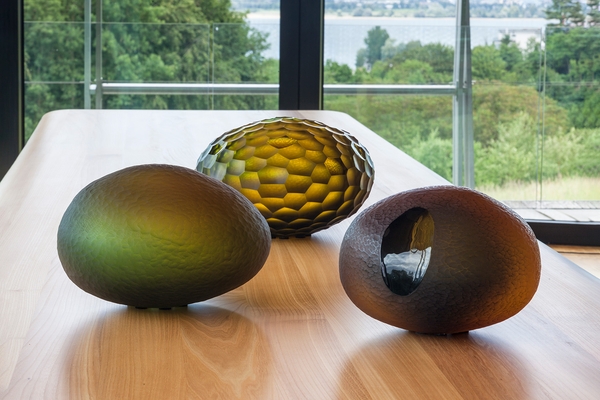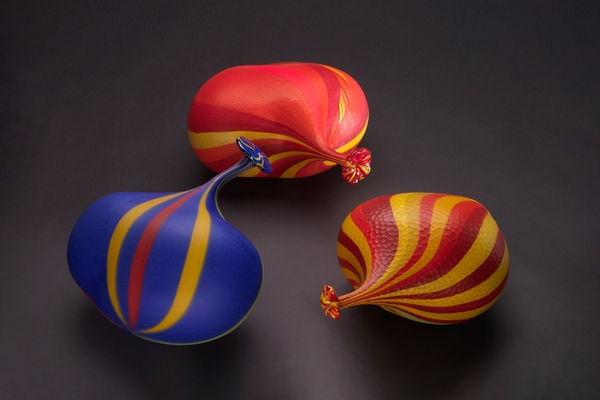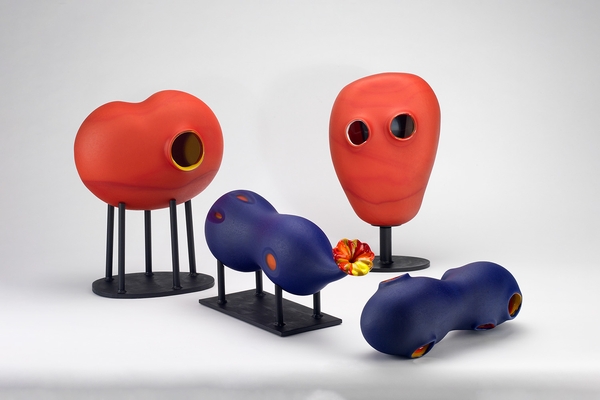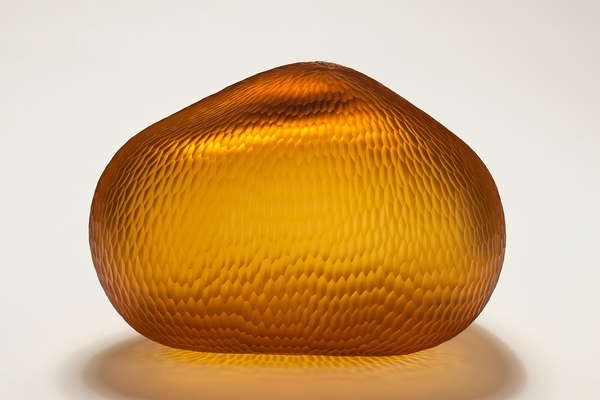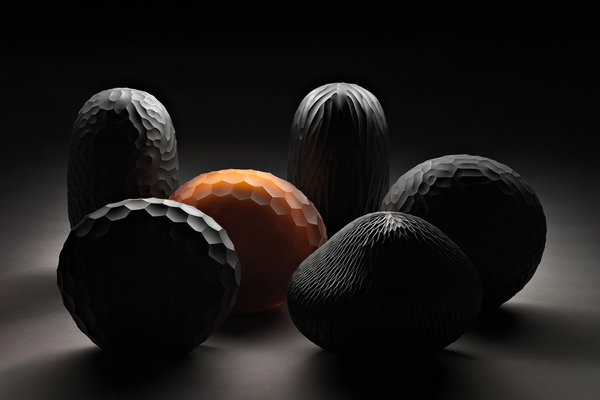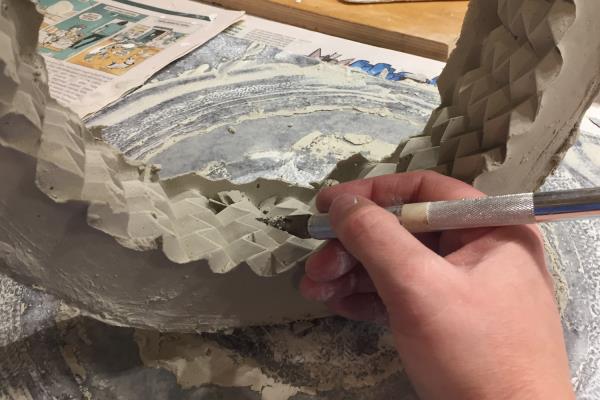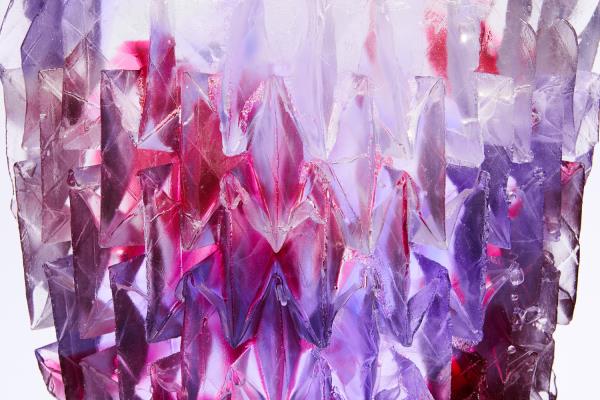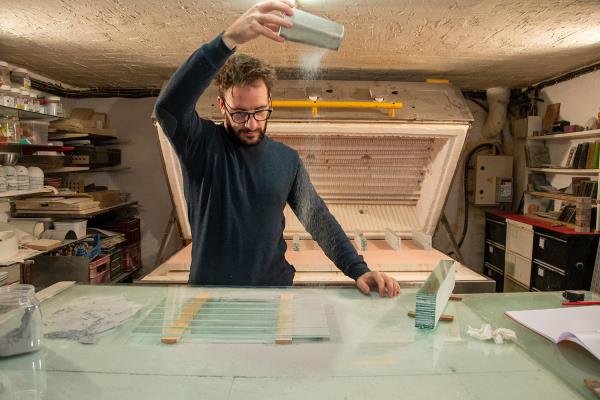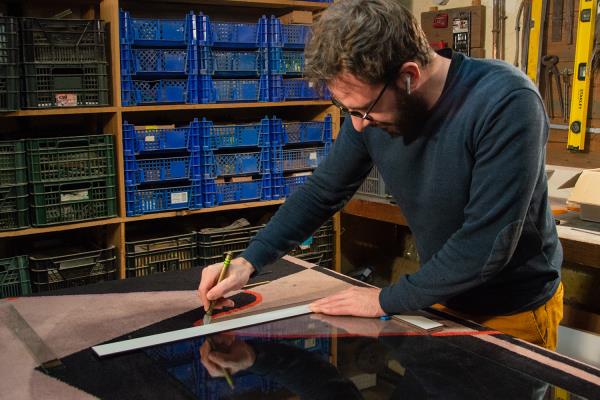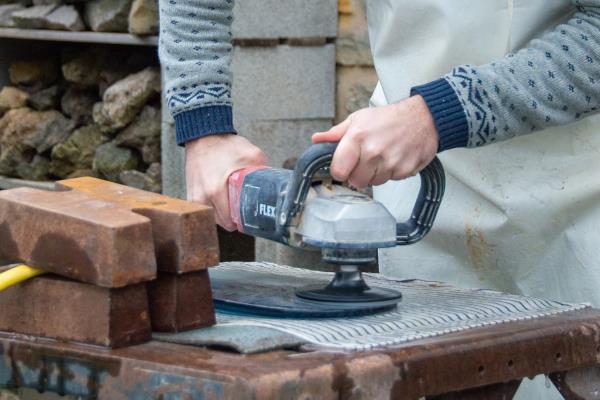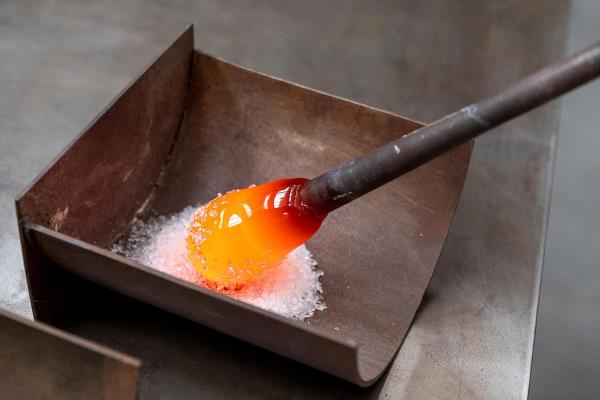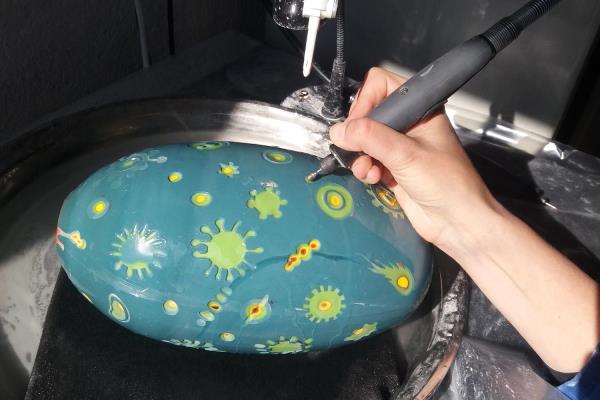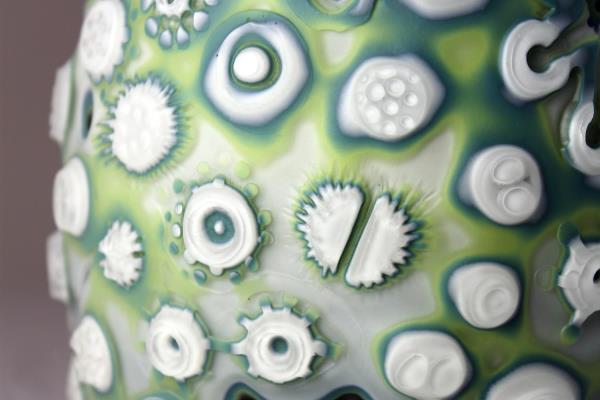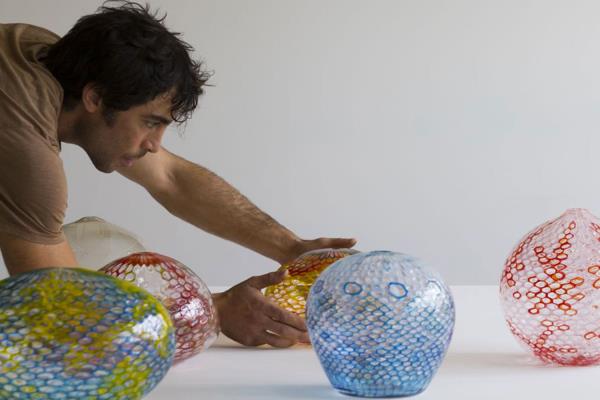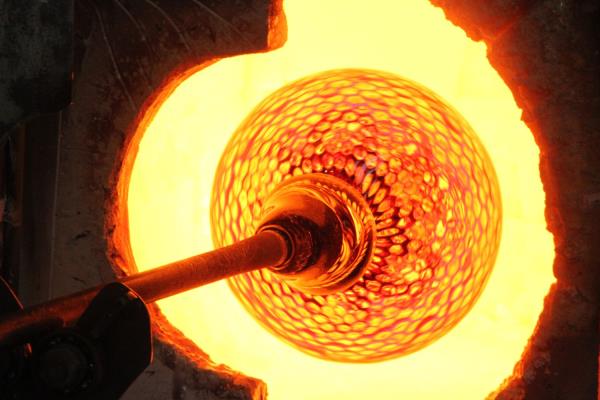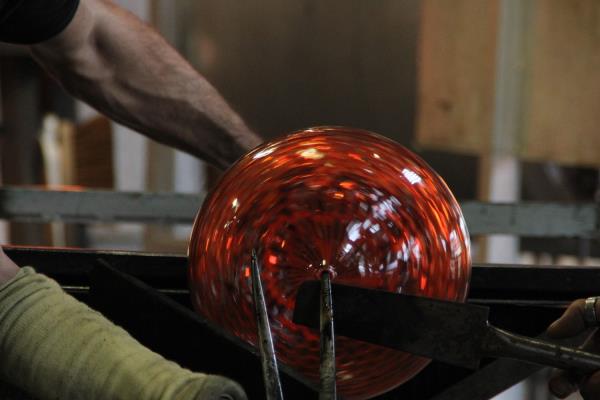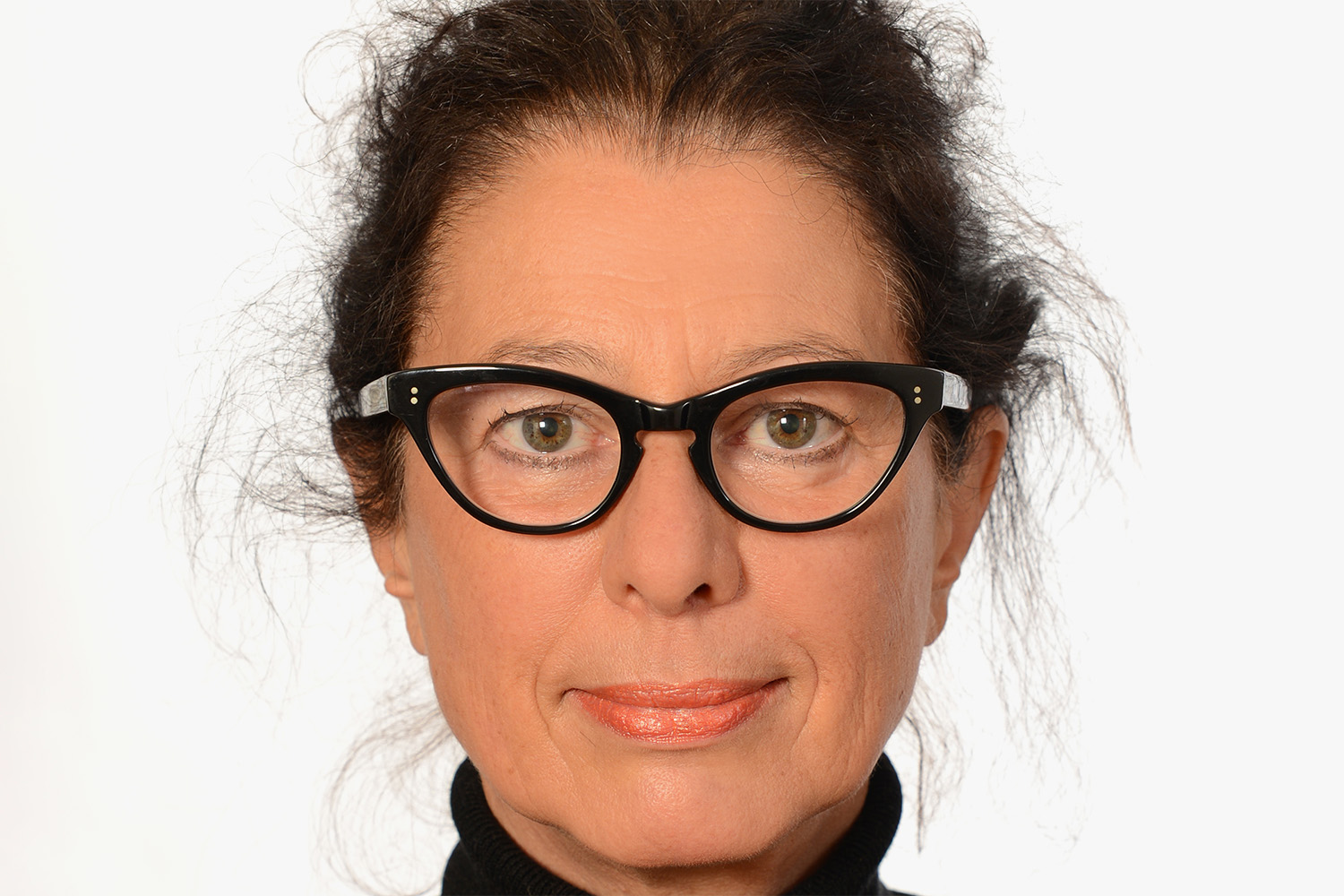

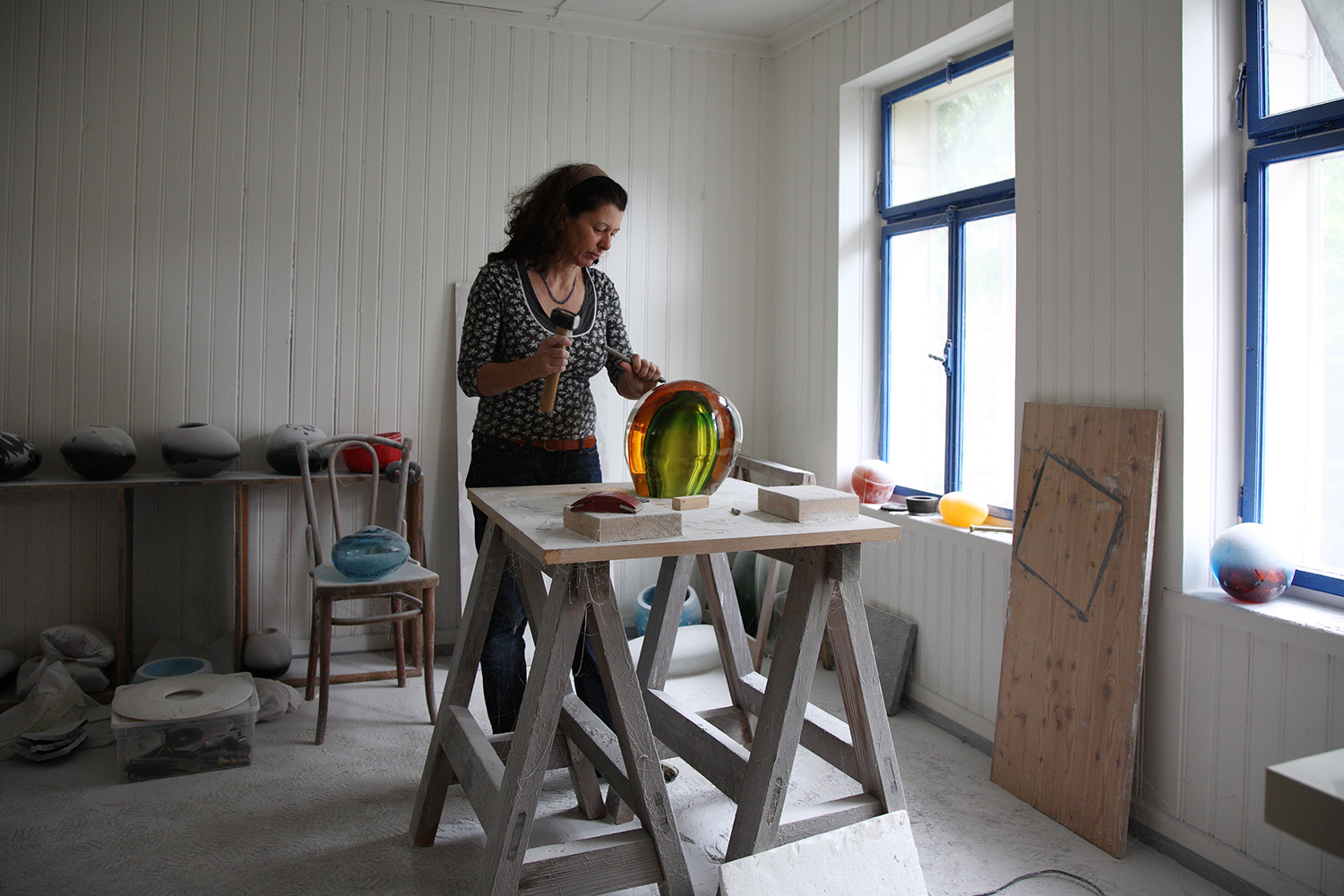
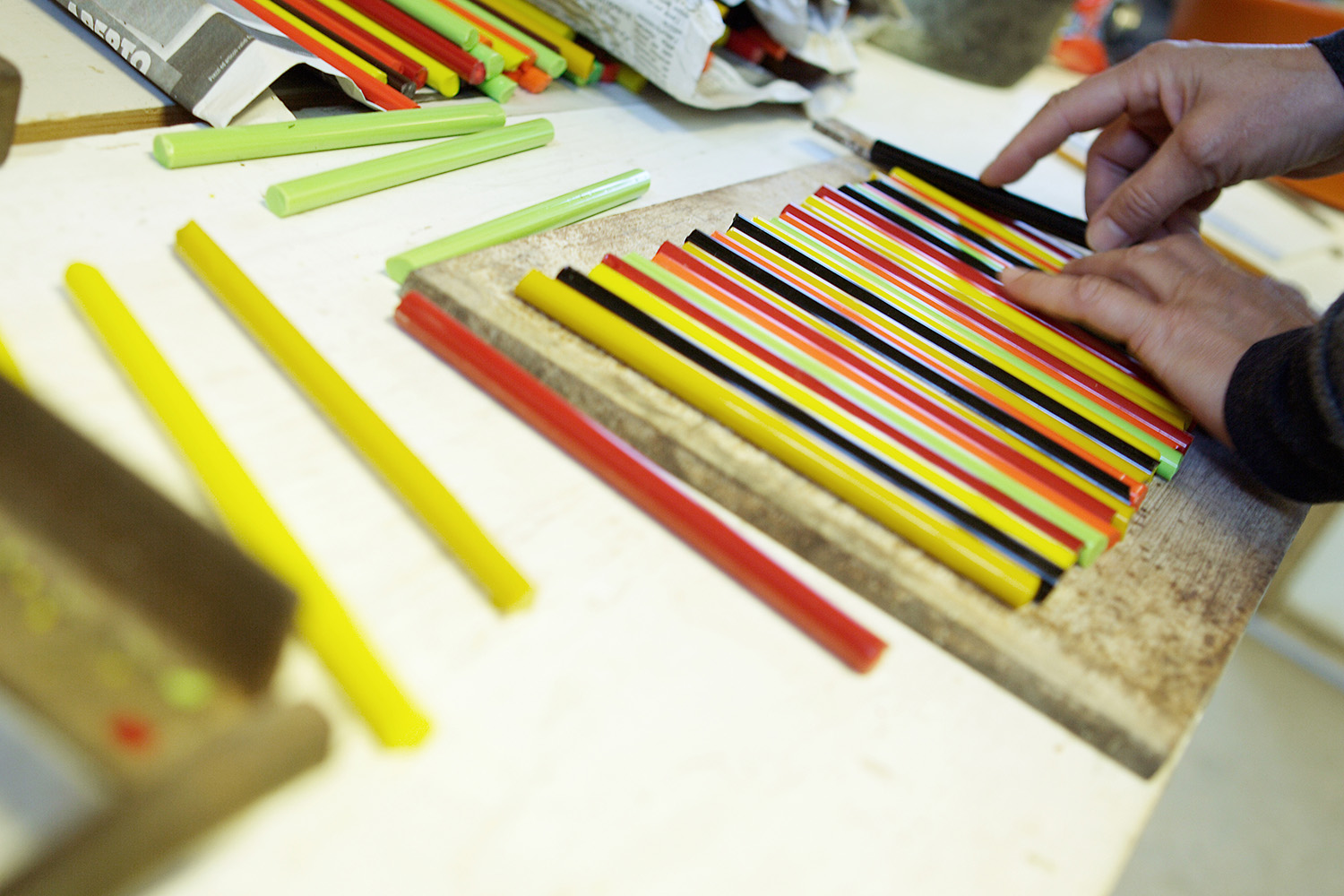
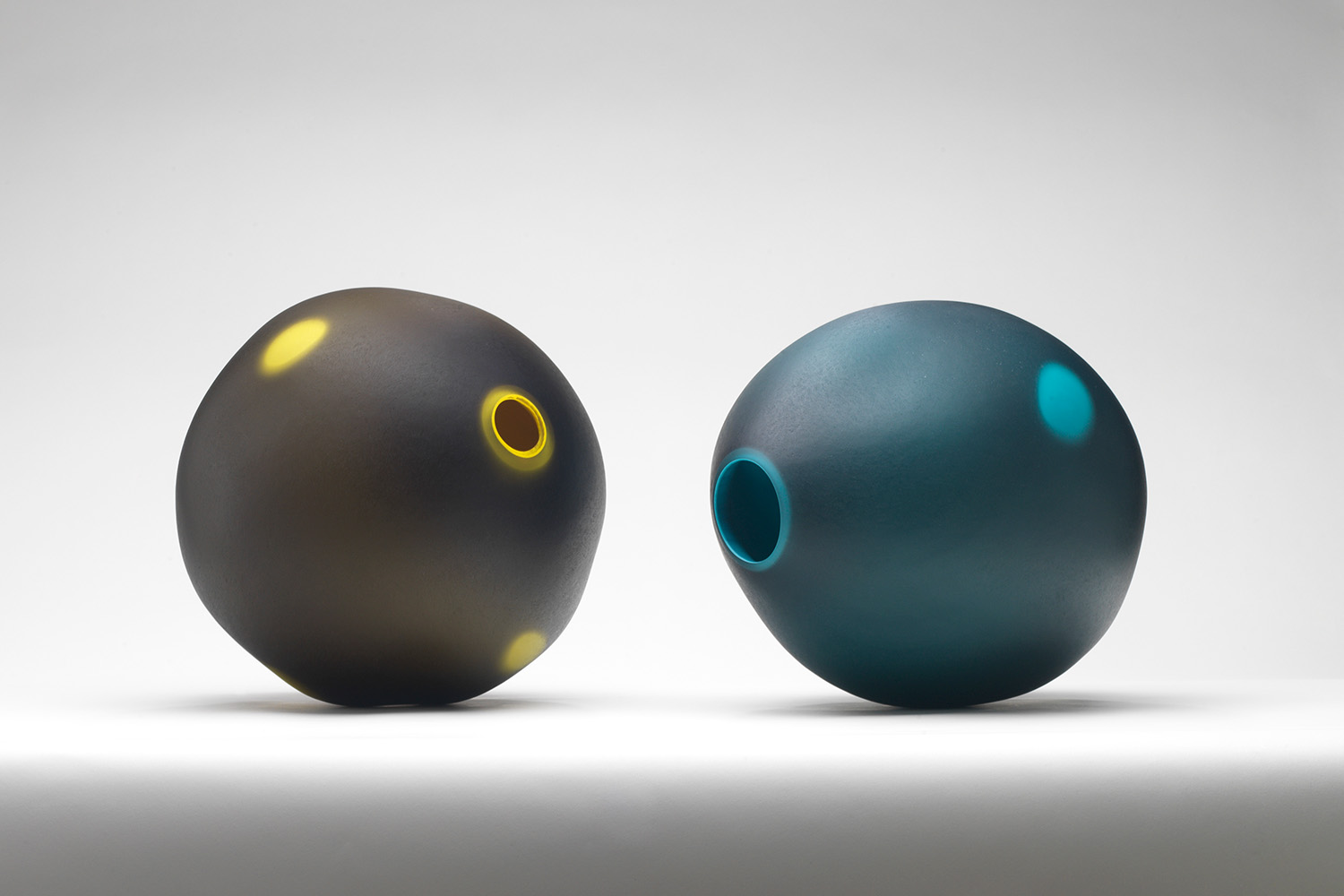

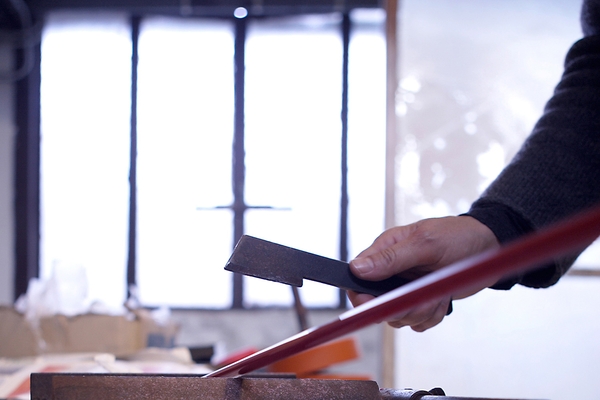



Glass as an expression of pure joy
- Haptics are a vital element in Eva's creative work
- She has a strong connection to Murano
- Her varied creative background allows her to apply many techniques to her glass pieces
At the age of 16, Eva Moosbrugger sought out craftspeople and artists who could teach her a variety of artistic disciplines, as she had not been allowed to attend art school. As her creative path evolved, she moved from painting to wall reliefs, to concrete and cast bronze, raku ceramics, and stone sculpture. "A new material was always a logical step forward for me." With the intention of creating objects that radiate joy and cheerfulness, she came up against the limits of stone as a material. It was the colourful glass object in the window of a second-hand shop that sparked Eva's interest in glass. Instantly she understood the unique qualities of glass: transparency and the magical play with light. Today, Eva visits glassworks all over Europe, preferably in Murano, to produce her blanks, which she occasionally treats with hammer and chisel like a stonemason might. Then, in her Dornbirn studio, she revises the shape, refines complex surface details and further processes them.
Interview
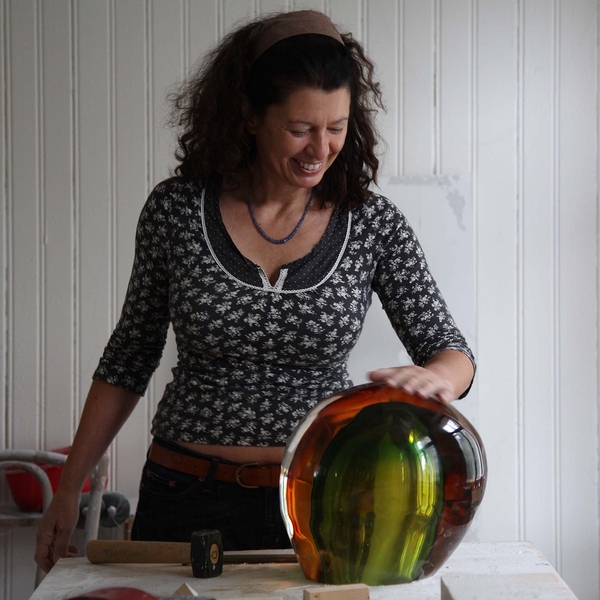
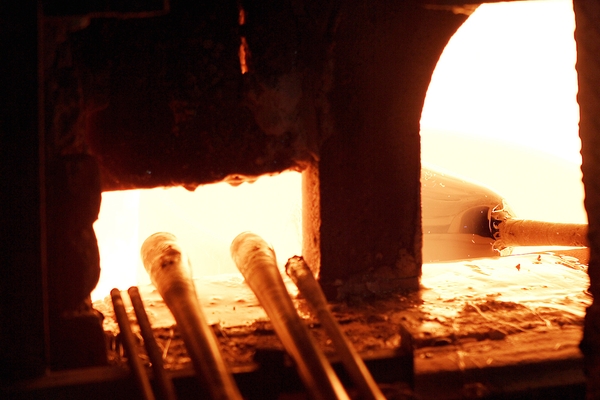
- How did you come to work in Murano?
- Murano, its artists and glassworks hold a special place in my heart. An art curator discovered my first works in a Murano atelier while they were cooling. My works were later exhibited in the show 'The secret of Murano' at Museum Het Paleis in Amsterdam. As a result of the relationships I formed in Murano, I was exposed to glassworks and opportunities I would not otherwise have known about.
- What do you like about working in Murano?
- The decades of appreciative cooperation with my teams in the Murano glassworks and the friendships that have developed since are wonderful. The material itself, which consists of over 80% rock crystal, its radiant colours and the traditional, often centuries-old techniques with which the glass is processed, make Murano glass very precious to me.
- Is there anything about your work that people do not know?
- It is very physically demanding to work with free blown and hot shaped glass. Handling thick-walled glass requires considerable strength. Even though I now have a great deal of expertise in dealing with glass and can estimate with great accuracy how it governs, my favourite part is working with teams to complete different processes.
- What does 'haptoglyph' mean in your work?
- Haptoglyphs are pieces to which I have applied a special surface treatment—an engraving technique that I developed. As the name implies, haptics are an integral part of my work, so I always encourage people to touch the objects. Hand grinding and material removal are the key components of this method. It can take me up to two months to perfect the surface of one single haptoglyph.
Eva Moosbrugger is a master artisan: she began her career in 1981 and she started teaching in 1990
Works
Where
Eva Moosbrugger
